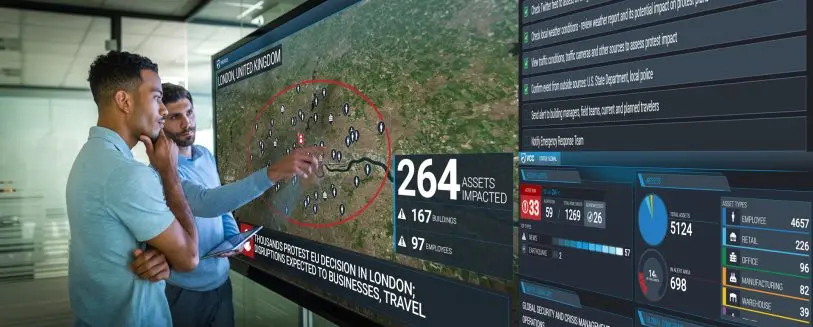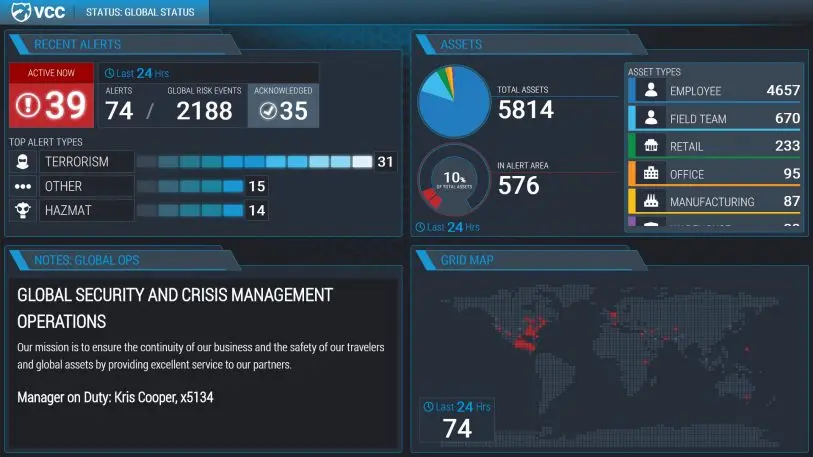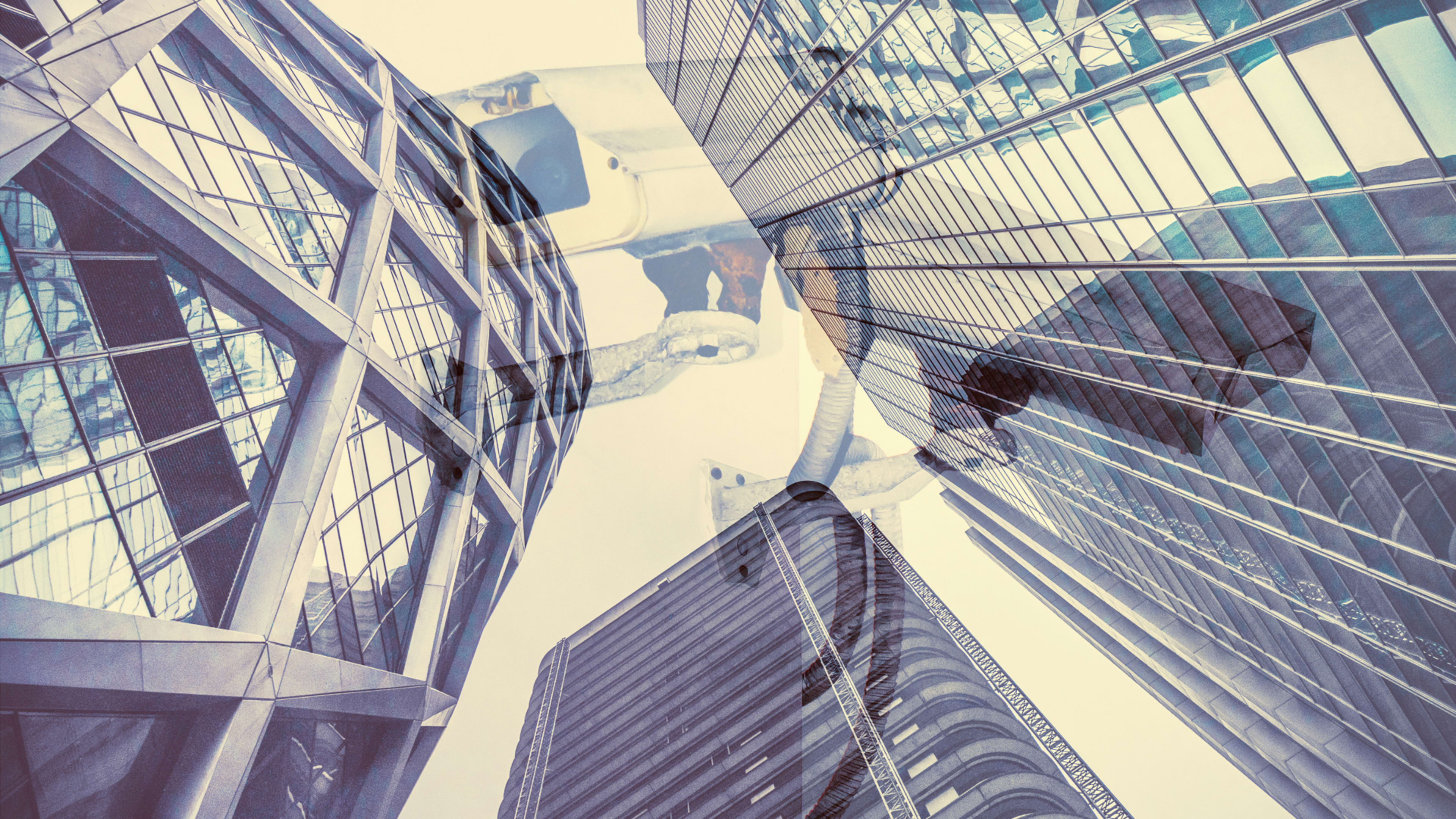“Every single day there is some sort of event at a workplace.”
That’s Tracy Reinhold, and as the chief security officer at SaaS security company Everbridge, he’s not talking about a team celebration of reaching a milestone or even raising a glass for a colleague’s promotion.
He’s referring to recent tragedies such as the mass shooting at a warehouse in Aurora, Illinois that left five workers dead and injured six others. The shooter, an employee of 15 years, was called into a “termination meeting” where he opened fire and claimed at least two victims.
Such events are often perpetrated by an “active assailant,” a term that has evolved to include violence involving firearms and explosives or vehicles driven into crowds, often followed by attacks with knives. And they’re becoming more common. Research from the FBI indicates that between 2000 and 2007 there was an average of 6.4 incidents annually, while the last seven years show 16.4 incidents per year resulting in a total of 1,043 casualties (486 killed, 557 wounded—excluding the shooters). More recently, the FBI designated 50 shootings in 2016 and 2017 as active shooter incidents with 20 occurring in 2016, and 30 in 2017.
Reinhold, who worked as a special agent for the FBI for 22 years, cites Forrester research that found these critical events are not only common, they’re becoming increasingly inevitable. Every one of the 214 global enterprise companies surveyed suffered at least one critical event in the past 24 months ranging from the most common natural disasters to active shooters. The latter is rare but still occurred in one out of 10 surveyed companies. And 14% of companies reported being victims of terrorism.
“The biggest challenge companies have,” says Reinhold, “are employees who have been disciplined or discharged.” He says they tend to have access to their employer’s facility, or in the case of the Aurora warehouse, are already in the building with their weapons.
Unfortunately, Reinhold points out, that while 75% of companies surveyed listed active shooter situations as the “top threat” they are preparing for (up from 64% in 2016), almost that many (62%) reported never running an active shooter drill and more than half (54%) have not conducted active shooter education.
Prepping for active shooters isn’t quite the same as running a fire drill or other evacuation procedure with on-site workers, he says, but it’s necessary to prepare employees for all kinds of emergency situations. That’s where the AI behind platforms like Everbridge comes in.

How AI beats human decision-making in threat situations
Reinhold points out that a human security officer is limited in the amount of information he or she could digest during the day. AI can take millions of data points and use algorithms to surface the most relevant information and target threats.
As Everbridge CTO Imad Mouline explains, this is a multilayered process. First, Everbridge’s AI reviews thousands of sources that can be mined automatically like social feeds, breaking news, weather feeds, earthquake data.
“The second is what we call expert crowdsourcing,” Mouline says. “Our platform is used by thousands of emergency management and public safety officials around the world, to propagate information,” says Mouline. Additional metadata on severity, urgency, and categorization of the crisis makes up their professional assessment of a situation, that some of these agencies place in the Everbridge platform. “That data feeds this ‘automatic intelligence engine’ that Everbridge offers,” says Mouline.
Both of those feeds are compared to remove duplicates and figure out what information is different from a variety of different sources. Mouline says automatic categorization determines “are we dealing with an active shooter situation” or “dealing with a traffic situation related to the active shooter.”
The third layer is made up of intelligence analysts that are fed risk intelligence information. “They can use their judgment and additional research to provide a more complete view,” he says. This holistic situational intelligence, Mouline notes, can be used for incident response.
As Reinhold points out, security officers can monitor incident reports from all over the world, which is valuable for global companies with offices in multiple countries and employees who travel like those Rackspace. He cited the recent terrorist attack at London Bridge which killed eight people.
He says Rackspace had six employees in London at the time who were located safely even before their CEO could call to check on them. “It’s a huge benefit to travelers,” Reinhold contends, “because active shooters are not always at your place of business, they’re spread out all over the world.”
Mark Terry, Rackspace’s, director of enterprise security, presides over a plethora of safety initiatives and tools. In addition to lockdown devices and safe rooms, Terry has employed gunshot detection sensors and has integrated the alerts with Everbridge so all employees can get updates via SMS text, voice, mobile app, digital signage or desktop alerts within 60 seconds in case there’s an active shooter. It also allows him to know who is in the building and communicate with them and automate evacuation rostering. Terry is also is teaching company employees how to stay safe outside of the workplace. “Our employees could get hurt while at the movie theater or the supermarket,” he says, “not just at work.”
Mouline notes that the global nature of threats has pushed Everbridge to add an automatic translation of the data sources it uses. “We do natural language processing, pull out landmarks, places of interest, or synonyms to categorize the type of threat that it is,” he explains.
The AI also eliminates the need for floor wardens and other volunteer point people to do sweeps of a facility to account for employees during crisis situations, says Reinhold. Using the data from heat maps, for example, a security officer could know who was still in the building just by looking at their phone. And of course, there is a tool that can alert all the workers in a certain facility, or region, of a potential threat via text or other messaging systems.

Big Brother is keeping tabs on you–to keep you safe
Brian Phillips, director of global security at Thermo Fisher Scientific, says they’ve been using Everbridge for the past six years. The company has more than 26,000 employees working across more than 400 offices, distribution centers, manufacturing sites, and at the company’s global headquarters in Waltham, Massachusetts. He says Everbridge is often the first action a member of their team takes when learning of a potential crisis.
He admits that it’s been a slow start as employees become aware of what the tool does and become comfortable with sharing their location with their employer. “Once it permeates throughout the company,” Phillips notes, “the employees come to expect the message before it’s even sent and seem to be comforted by the fact that someone is looking out for them.”
Mouline points out that critical events losses cost companies $535 billion annually. Recent data from the ITIC, for example, found that 98% of organizations it surveyed say a single hour of downtime costs over $100,000. “This is when people, facilities, brand, IT systems or supply chain are impacted by threats such as natural disasters, hazmat, terrorism, active shooter, or cyberattacks,” says Mouline. Real predictive risk intelligence information, Phillips adds, has helped physical security departments transition from that “guns, gates, and guards” mentality. “This data is something you can make real business decisions on,” he says.
Recognize your brand’s excellence by applying to this year’s Brands That Matter Awards before the early-rate deadline, May 3.
